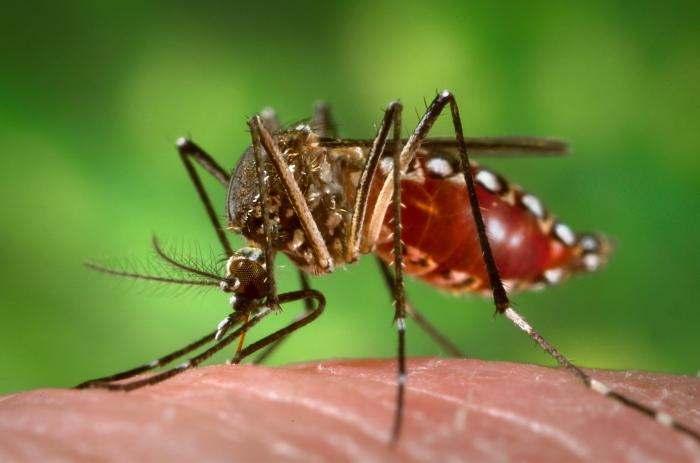
Our visit to Crystal Geyser in Utah.
via Wikipedia
It is a rare example of a cold water carbon dioxide driven geyser; geothermal activity does not play a role in the activity of the geyser. The ground water near the geyser has significant quantities of dissolved carbon dioxide, along with substantial underground gas accumulations in the surrounding area. Saturation of the aquifer with CO2 creates enough pressure to force groundwater through the geyser and out on to the surface.
The geyser erupts sometimes to a height of 40 meters or more. During 2005, a study of the timing of the eruptions found them to be bimodal. About 66% of eruptions in the study occurred about 8 hours after the previous eruption, and the rest about 22 hours after. The geyser erupts for an average of one hundred minutes a day, with eruptions either lasting 7–32 minutes, or 98–113 minutes. The bimodal distribution of eruptions is not a well-understood pattern, but is found in other geysers, both cold-water and otherwise. Between eruption events, the water level is approximately seventeen feet below the surface of the geyser—at the level of the water table. In the preface to an eruption, water surfaces, fills the pond around the geyser, and begins to bubble.
The current form of the geyser was created by an exploration well drilled in 1935 in attempt to locate oil. The well was originally 800 metres deep, but an earlier owner of the land partially filled it in, meaning that the well is now only a couple hundred metres deep.
The area surrounding the modern geyser is covered in a thick layer of orange travertine. Near the river, adjacent to the modern orange travertine, are substantial deposits of white travertine, perhaps reflecting the original depositional environment of the geyser (before the exploratory well was drilled.)

Travertine deposits near the Crystal Geyser.
My bro Will and Brown Dog taking in the spectacular canon features.
This year's float was nothing like 2008's.
No this year's trip down the labyrinth was a little more than a gentle and relaxing paddle down one of Utah's gems. One word: mosquitoes! I know what you are thinking, its Utah, what's the big deal?
Female Aedes aegypti feeding. Photo: James Gathany

This year's Green River flow (blue line) via U.S. Geological Survey station recordings. USGS
The Green River flowed well above normal this season. Utah has not seen water like this since 1983-84. Many areas along the river including ponds, wetlands and farms, flowed for several months completely flooded. When it finally receded, much later than usual, it left sediment, mud and standing water. A path of soaked destruction. This had people cleaning up , digging out and repairing infrastructure. Access areas, roads, bridges and as we found out camping along the river were affected by the tremendous discharge. Wetlands were left with warm standing water, aka, mosquito marshes.

Trax and Nell navigate their Canoe down the Labyrinth.

Will and Trax float on by...and babushka Brown Dog.
Poor Brown Dog got a little heat and sun exposed on day one of our float. He had a rough night. His body temperature was boiling hot, showed signs of dehydration, and his eye were irritated(sunburned). He just wanted to lay in the cool sand and was not himself. We kept him covered with damp towels and Nell flush his eyes with saline. He came out of it in the wee hours of the morning as the canyon temperatures cooled.
The sun exposure on the river is no joke for humans, I can't imagine it is much different for dogs. We used Nell's Buff to provide some cooling and sun protection during the day but realized this is a problem. We do tons of things where there is sun exposure and your eyes can get cooked.

Doggles on a service dog.We might get Dudley some Doggles.

Bara, Nell and Will chill out in the Green River, UT 2011.


 Subscribe to my world.
Subscribe to my world.


AWESOME post! And a fantastic adventure!
ReplyDelete